Cultivation of the quince began in Mesopotamia, preceding apple culture, and many references translated to “apple,” such as the fruit in Song of Solomon, may have been references to a quince.
It was perhaps the orchard fruit in the Garden of the Hesperides
Among the ancient Greeks, the quince–sacred to Aphrodite–was a ritual offering at weddings.
In Plutarch’s Lives, Solon decreed that “bride and bridegroom shall be shut into a chamber, and eat a quince together,”
and that a bride should nibble a quince to perfume her kiss before entering the bridal chamber, “in order that the first greeting may not be disagreeable nor unpleasant.”
It was a quince that Paris awarded Aphrodite and it was for a golden quince that Atlanta paused in her race.
Aristophanes use quinces (kydonia) as a mildly ribald term for teenage breasts.
Pliny the Elder mentioned the one variety, Mulvian quince, that could be eaten raw, while Columella, another ancient naturalist, describes three other varieties, the sparrow apple,the golden apple, and the must apple.
Charlemagne was partly responsible for introducing the quince into France with his orders in the year 812 to plant trees in the royal garden.
Used as a rootstock for grafted plants, quince has the property of dwarfing them and forcing them to produce more fruit.
When Joan of Arc arrived in Orleans in 1429 to liberate the French from the English, she received the gift of cotignac– a clear gel made from boiled quince juice and sugar and set into small wooden boxes to form confections.
In 1570 Pope Pius V gave a spectacular banquet that featured, as its piece de resistance, a quince pastry.
Most varieties of quince are too hard, astringent and sour to eat raw unless ‘bletted’ (softened by frost and subsequent decay). w
Marmalade, originally meaning a quince jam, derives from “marmello,” the Portugese word for quince, and it was commonplace centuries before orange marmalade, which didn’t arrive on the scene until 1790 when it was created in Scotland.
A March 16, 1629 entry in the Massachusetts Bay Colony’s Memorandum listed quince as one of the seeds requested from England. By 1720 quince was thriving in Virginia, but it wasn’t too long before everyone wanted apples.
Korean scholars of the 1700s and 1800s who helped revive tea drinking, considered their own superior to Chinese teas. Among them were fruit teas, sweetened with honey, made of quince, citron, dates, pears, strawberries, cherries, watermelon and peaches.
During the 16th and 17th centuries, the English prepared variations of quince preserves which formed a thick paste that could be shaped into animals or flowers.
Though the quince paste is rarely found in England today, a coarse version, called membrillo, is still served along with cheese in Spain.
Hindus prepare a quince sambalThe phytochemistry of quince is under study for several possible medical uses.
In the Alsace region of France and the Valais region of Switzerland, liqueur de coing is made from quince and used as a digestif.
In Malta, where jam is made from the fruit, a teaspoon-full is dissolved in a cup of boiling water to relieve intestinal discomfort.
In Iran and other parts of the Middle East, the dried pits of the fruit are soaked in water, and the viscous product drunk like cough medicine–useful for children because it’s alcohol-free.
In Afghanistan quince is used raw or in stews and jam, and the seeds are used as a remedy for pneumonia and lung disease.
In the Canary Islands and some places in South America, a quince is used to play a beach toss-and-swim game, usually among adolescents. Salt water sweetens quince, so the game is played by throwing one into the sea. Whoever retrieves it takes one bite and tosses the it again –until the quince is fully eaten.
When a baby is born in Slavonia and Croatia, a quince tree is planted as a symbol of fertility, love, and life.
The whole quince fruits are so fragrant at room temperature that they were used in ancient times to scent the room.
http://www.vegparadise.com/highestperch51.html






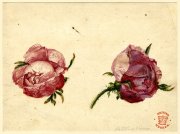

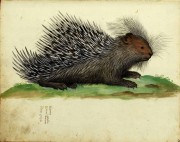
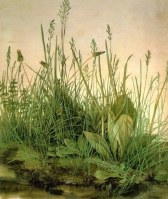


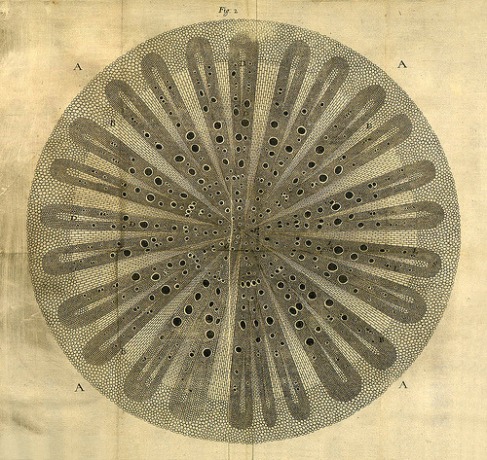
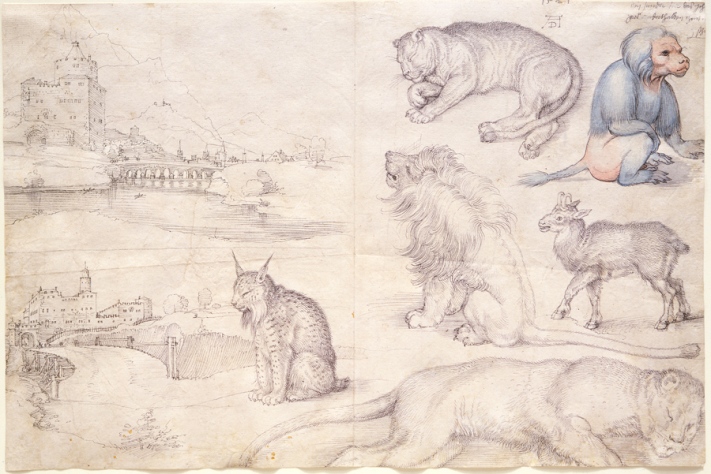


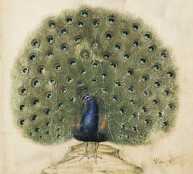
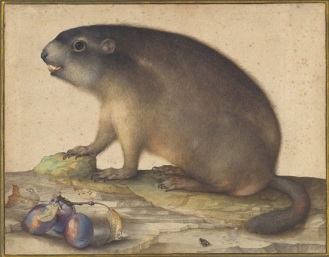



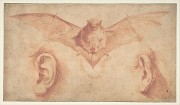




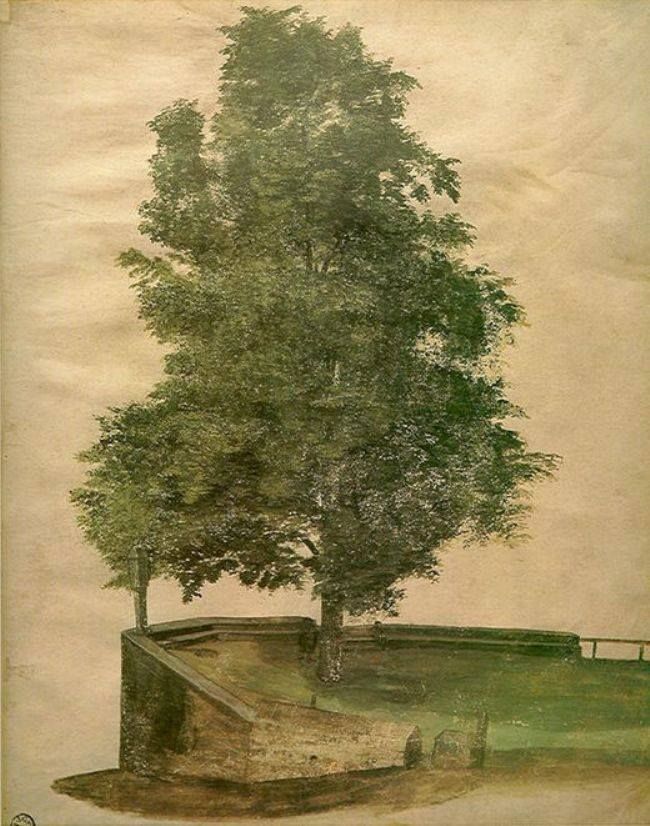

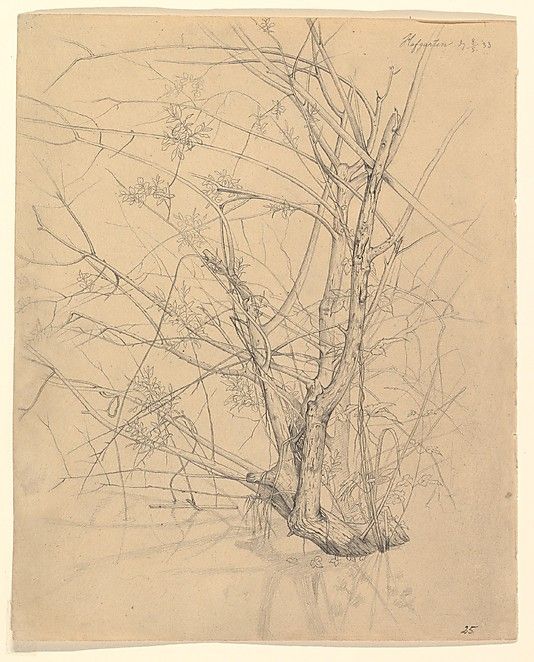
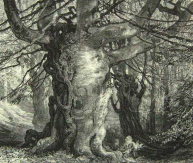



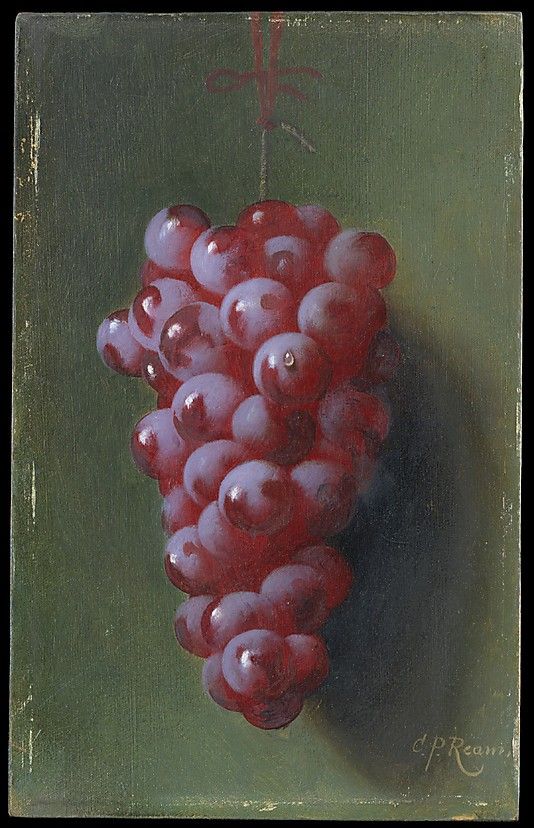
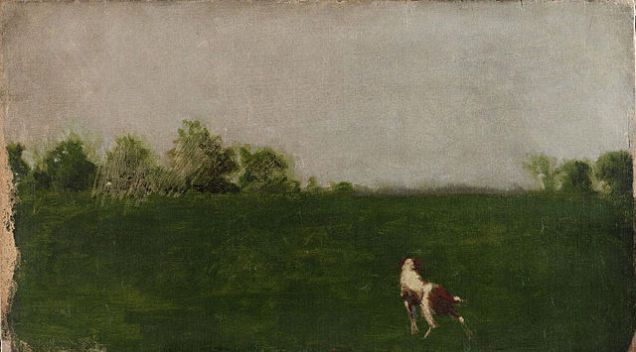




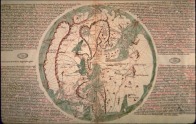

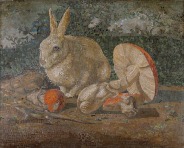
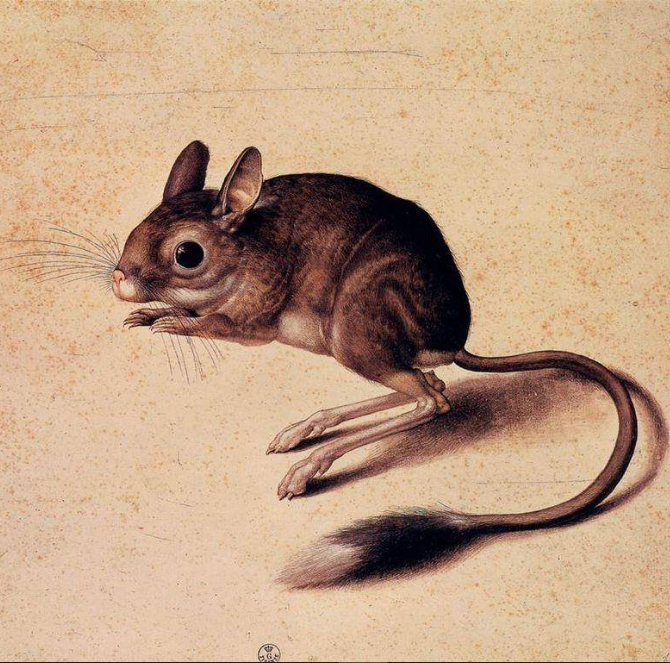

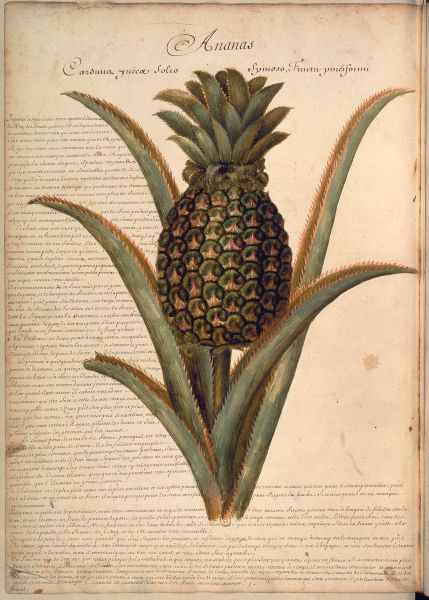


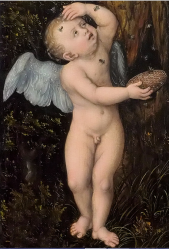

Quince has some beautiful qualities that belie its rather strange look in fruit form…….a delicious marmalade ……and most magical of all, the graceful branches during spring with their delicate blush and acid green buds opening and retaining their bloom for weeks.
We had something called flowering quince in Wycombe, but it was clearly mock–: No (significant) fruit, tiny scarlet blossoms, unimpressive foliage.
Came out shortly after forsythia & magnolia.